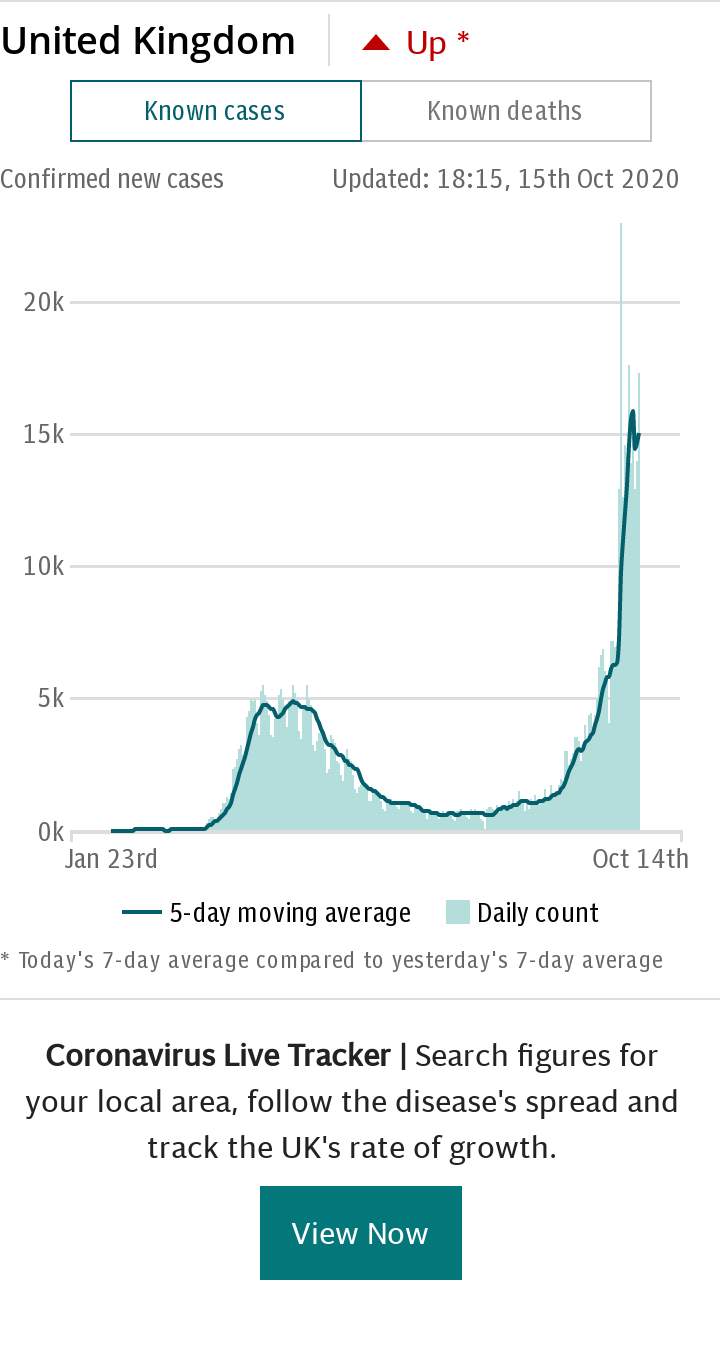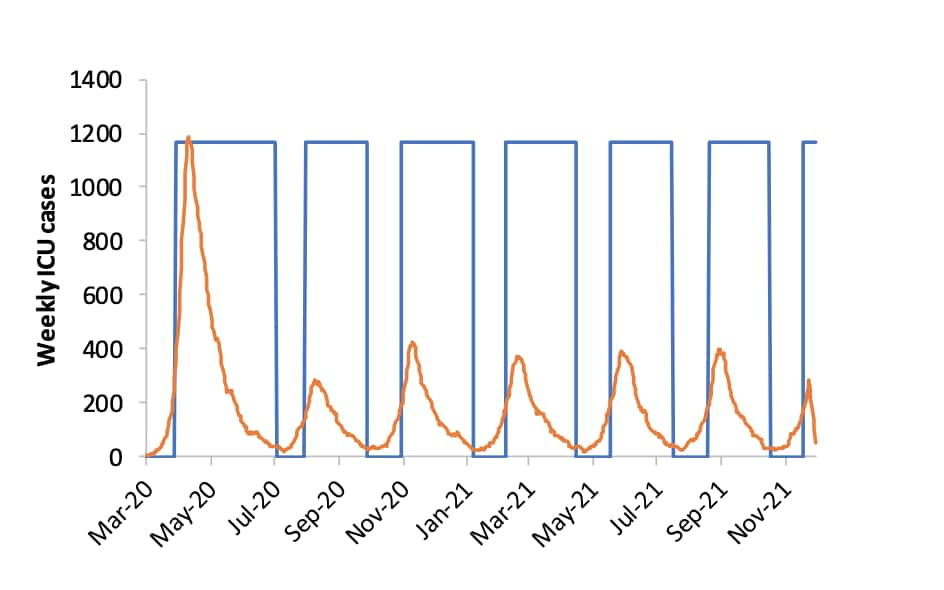Pedantry and bodgery - why Britain may now face a second painful lockdown

There was a jolly little letter published in Thursday’s Financial Times. Under the headline “Britain’s rule of six just doesn’t add up,” Barrie from Wadhurst, East Sussex wrote: “If I understand the UK government’s rule of six correctly, it is illegal for seven children to feed ducks but legal for 30 men to shoot ducks.”
It’s a fine example of a new national pastime - spotting logical inconsistencies in the government’s social distancing rules and then carping about them as if they reveal some previously hidden yet profound truth. It’s the new trainspotting.
Paradoxically perhaps, pragmatism is also something we take national pride in. It may have been the French philosopher Voltaire who came up with it, but few Brits would disagree with the aphorism, “The perfect is the enemy of the good”. It chimes with our can-do attitude and general sense that all we need to do to be world-beating is apply a bit of elbow grease.
It is the void between these two poles of pedantry and bodgery that the UK’s response to the Covid-19 pandemic risks disappearing down.
The virus is now growing exponentially again across the country. The R rate is well above one and confirmed infections are running at about 3,500 a day, the real number perhaps twice that and doubling every seven to eight days. It started in the young but there is now a "sustained increase" in infections in those over 65.
Just as night follows day, emergency calls to ambulances are rising in many areas and hospitalisations are climbing again, with admissions projected at 1000 a day by October 1 and 2000 a day by October 9 on current trends.
Deaths, already ticking up slightly, will almost certainly follow, although hopefully at a slower rate than in the spring - but no one should count on that as winter sets in.

As transmission intensifies, so does the response. As of Friday, households across much of the North of England are no longer allowed to socialise and a 10pm curfew has been placed on pubs, bars, clubs and restaurants. Some ten million of us are currently subject to local restrictions in the UK and there is talk of wider "national measures" being put in place in a bid to “circuit break” the spread of the virus.
If all this feels a bit groundhoggy it is because it is. The modelling produced by Imperial College and the London School in early March always said the initial wave would be followed by rebound after rebound until a vaccine arrived. With each new spike in infections, suppression measures would need to be reimposed to stop things getting out of hand and the ever-fragile NHS from being overwhelmed.
Here’s the fiendish Professor Neil Ferguson in his own words on March 16: “The major challenge of [a] suppression [strategy] is that this type of intensive intervention package will need to be maintained until a vaccine becomes available (potentially 18 months or more) given that we predict that transmission will quickly rebound if interventions are relaxed.
“Intermittent social distancing – triggered by trends in disease surveillance – may allow interventions to be relaxed temporarily in relative short time windows, but measures will need to be reintroduced if or when case numbers rebound”.

The professor might have added one obvious caveat: the size of those viral rebounds (and the pain inflicted by their subsequent suppression) is largely down to our behaviour as a nation.
We can endlessly poke fun at the contradictions in the social distancing guidelines, encourage idiocy and undermine them, or we can get on with our lives within their bounds. The latter option keeps our children in school, most businesses ticking over and the Treasury independent of the IMF until a vaccine comes along.
We had one catastrophic national lockdown because, unlike places like China, South Korea, Vietnam and Taiwan, we failed to adjust our behaviour quickly enough when the virus was first reported on December 31. Now with the economy in shreds as a consequence, we can’t afford a second one.
As I wrote in April, a second major peak would be an economic tragedy as well as a human one. Shutting up shop for three months is heart attack territory. Having to do it again in mid-winter would put UK PLC on the slab.
The Prime Minister knows this but can’t bring himself to say it. His message should not be “everyone back to the office” but Chancellor Merkel’s line of adaptation and vigilance.
"We have all enjoyed the freedoms and relative protection from aerosols in the summer, which is possible through life outdoors," she told the nation three weeks ago. "In the coming months, it will now be important to keep infection rates low when we are back indoors - at workplaces, in schools and in homes.”
"We will have to live with this virus even longer, and that is why my basic attitude is one of vigilance, of attention," she added. "The fact remains: it is serious, as serious as ever. Continue to take it seriously."
Protect yourself and your family by learning more about Global Health Security

